‘The colourful cells of petals never get boring!’
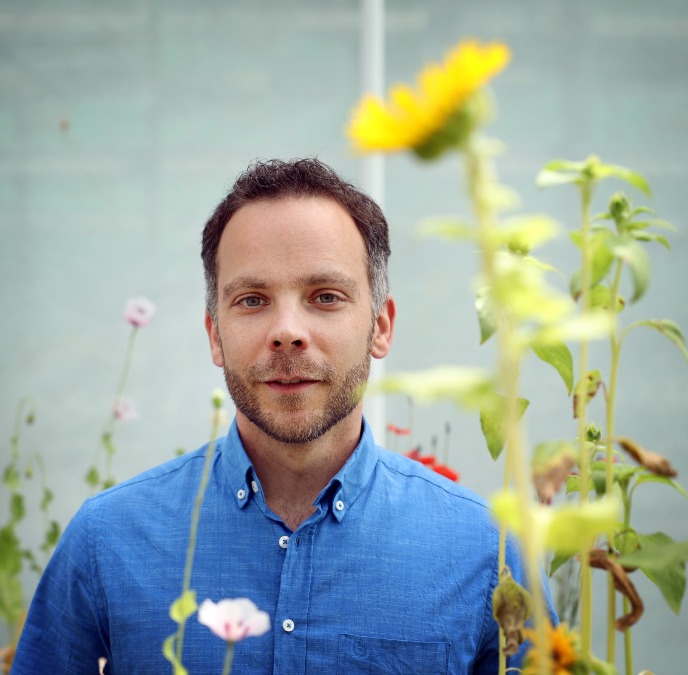
Most people will enjoy colours in nature. However, the interest of evolutionary biologist Casper van der Kooi goes much further: he studies how flowers, birds, butterflies, and beetles get their colours. He also studies how these colours are used to attract pollinators and sexual partners. ‘Colours are a wonderful way to visualize and promote biodiversity. And I want to make the world — and especially the Netherlands — more biodiverse.’
Text: Gert Gritter, Corporate Communication UG / Photos: Henk Veenstra
Anemones
Floral splendour is a topic that can fascinate anyone, including Van der Kooi himself. Right after our interview, he is expecting a visit from the TV programme Klokhuis, and his bags are packed to fly to Greece, where he and colleagues from Germany will conduct field research on the anemone growing on Mount Olympus. There is something special about this seemingly simple purple flower. It grows everywhere on the mountainside, but as the temperature drops with altitude, the fauna changes. Anemones at the foot of the mountain depend on a particular of beetles for pollination, while higher up, they depend on bees. It turns out that the plant adjusts its colour to altitude so that it can attract the right pollinator. That is what the group of researchers will be studying in more detail in Greece. Their aim is to understand how colour is a means of communication between plants and the visitors of their flowers.
Poppies
Poppies have also adapted the colour of their flower to the insects that pollinate them. The little plant is native to the Middle East, but it was brought to our regions by the Romans. In its native habitat, it is pollinated by a beetle not found in northern Europe. To survive, it therefore had to attract other pollinators, including bees. ‘Poppies have an amazingly thin bright red flower that reflects a lot of light. The plant needs it to be visible. But the red colour does not help it to attract bees, because bees cannot distinguish red. They do, however, see ultraviolet. By adding this colour, European poppies made themselves visible to bees.’
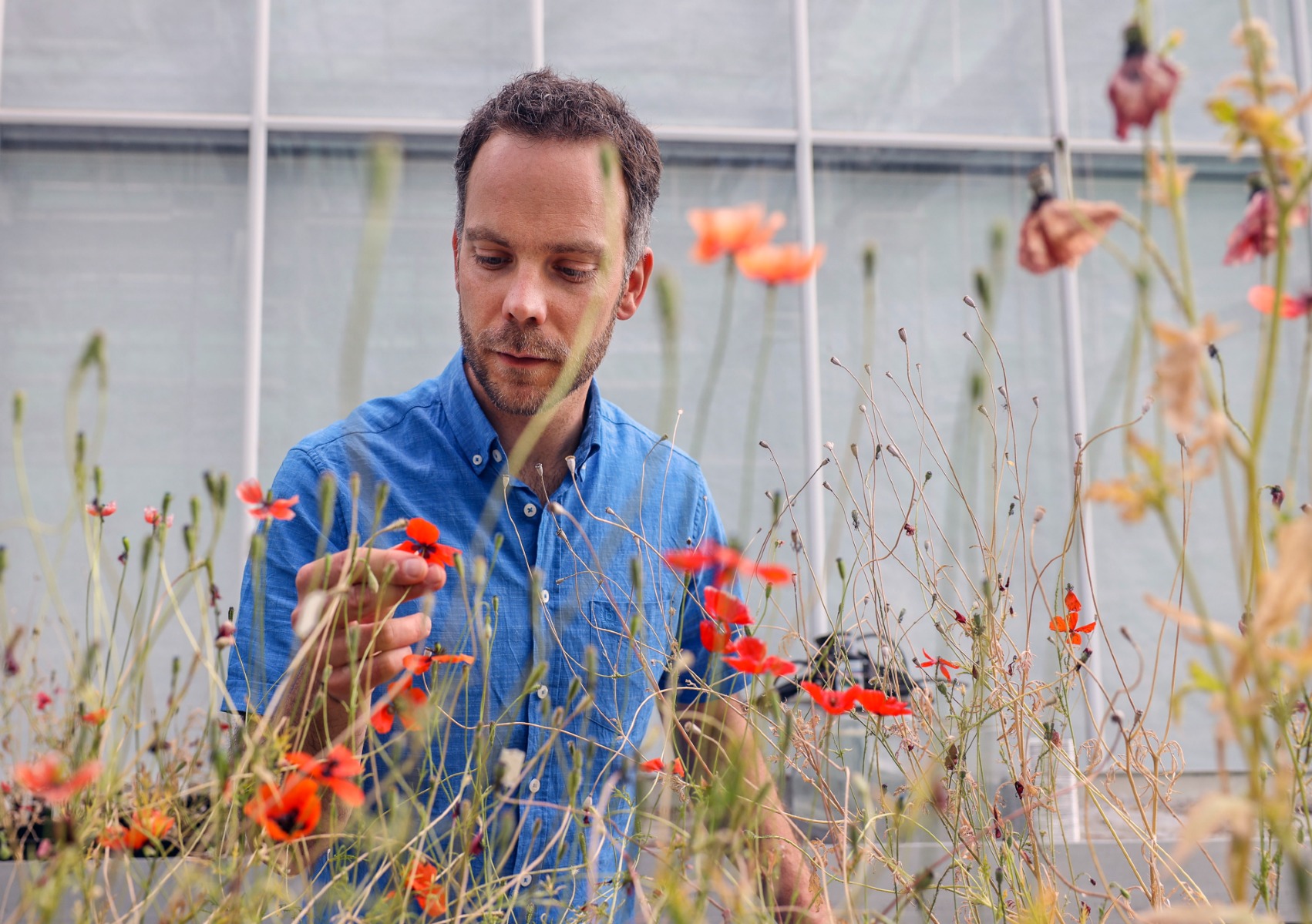
Satellite dish
The more colour, the more plants and animals. Conclusions can also be drawn from the intensity of the colour, the gloss, or, on the contrary, the dullness. Van der Kooi and his colleagues authored a 2021 article on the impact of sulphur deficiency, especially in yellow flowers: because of it, flowers are unable to produce enough yellow pigment, and their visibility to pollinating insects declines, with disastrous consequences. He is also interested in the effect of colour in nature in combination with other phenomena, such as shape and temperature. ‘A buttercup, for example, is yellow and shaped like a bowl, like a kind of satellite dish. This allows it to gather so much light that it becomes warmer than its surroundings, not much, maybe by two or three degrees. But that is just enough to lure insects that avoid the cold and keep them in the calyx for a while so that pollination can take place.’
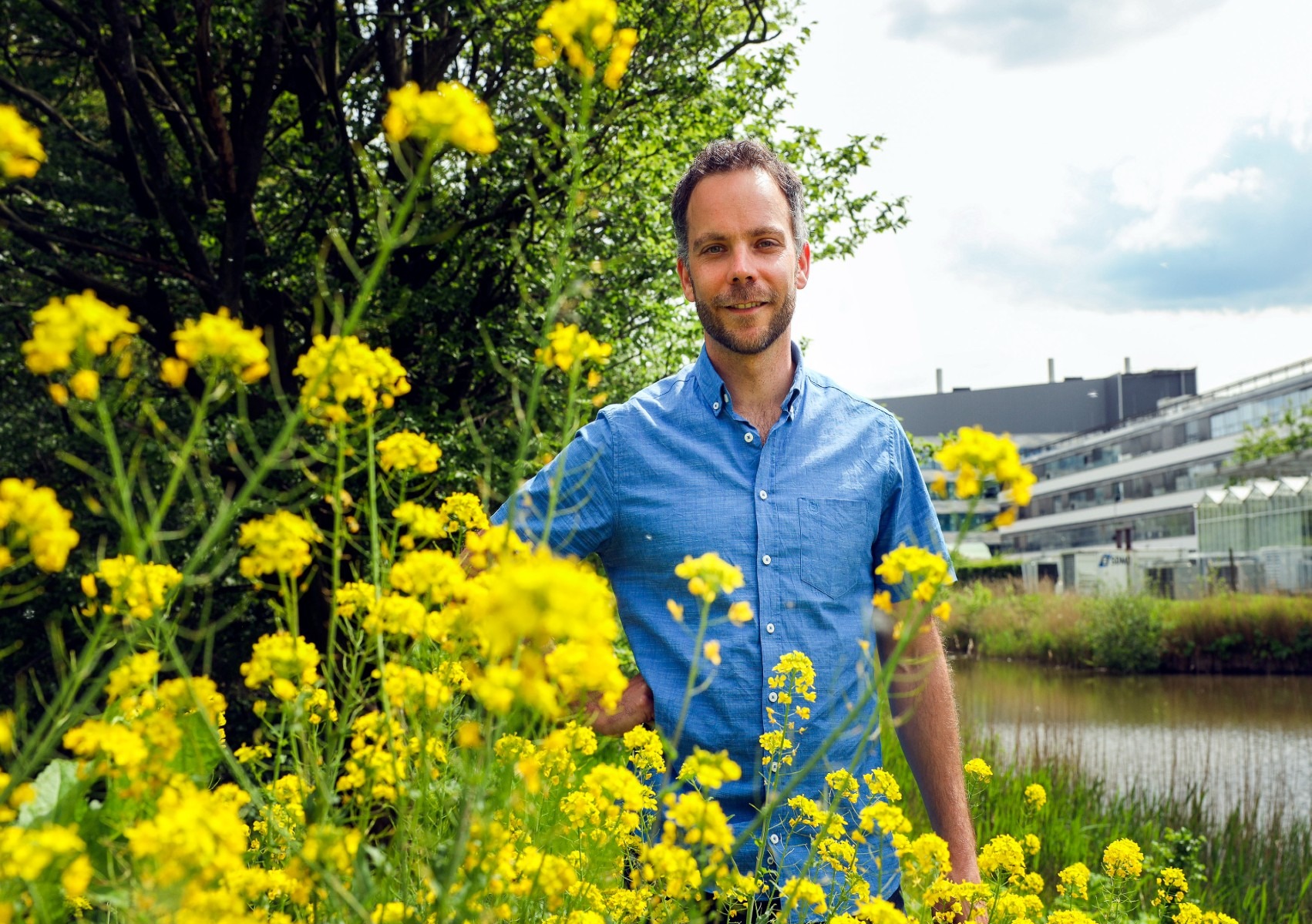
Optics lab
Van der Kooi enjoys fieldwork, but he is just as happy looking through a microscope at the cell structure of petals, beetle shields, butterfly wings, or other natural materials. ‘It is something I never tire of. The scales of a blue butterfly never get boring!’’ He has been put in charge of a special facility: an optics laboratory with a large set of microscopes and spectrophotometers. This equipment allows Van der Kooi and other researchers to study the colours and reflection of petals, butterfly wings, and bird feathers, as well as the way butterflies and flies see flowers. The lab is unique and was assembled and partly developed by biophysicist Doekele Stavenga. This Emeritus Professor can still often be found in the lab.
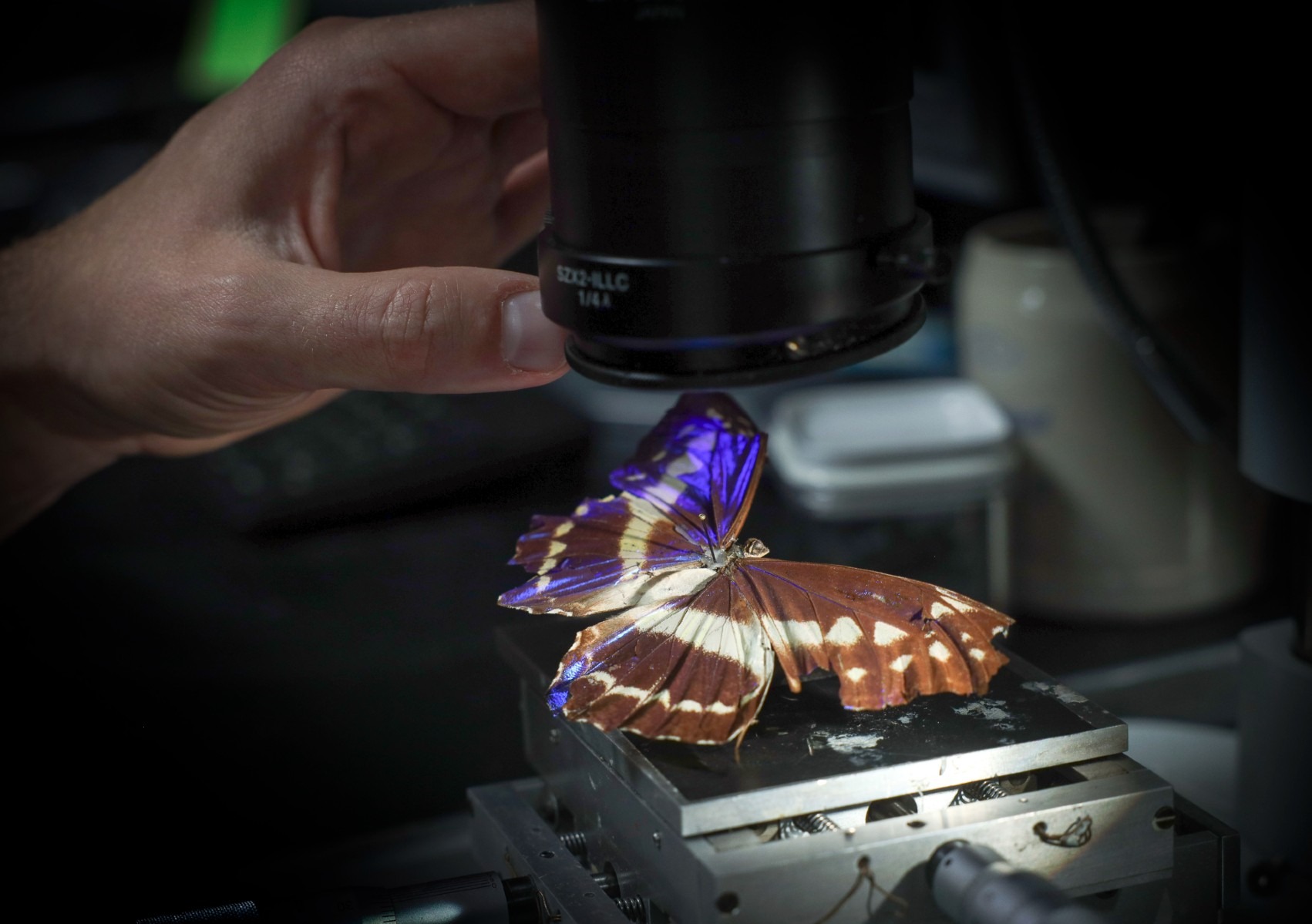
Passion
How did Van der Kooi become interested in the colours of flora and fauna? ‘As a child, it seems that I was already fascinated by nature. We had a large garden at home in which I could potter around to my heart's content. But I didn't really know what to study. Biology wasn’t my best school subject, and I only went on to study it because I didn't really know what else to do. And I was certainly not the best student. Initially, I didn’t yet have the enthusiasm I saw in others. All that changed once I was allowed to really get my teeth into research. These days, I often tell students: It's OK if the passion is not there yet; it can still come later. Besides, a biology degree will help you find a job outside the academic world as well.’ The passion did come, and it hasn't let go of him since. One year after graduating from his Master's degree, he had already obtained a PhD degree, spent time as a researcher in Lausanne, been offered a Humboldt fellowship in Würzburg, and been awarded a Veni grant. Together with his brother, who is an artist, he is currently working on a children's book about plant evolution.
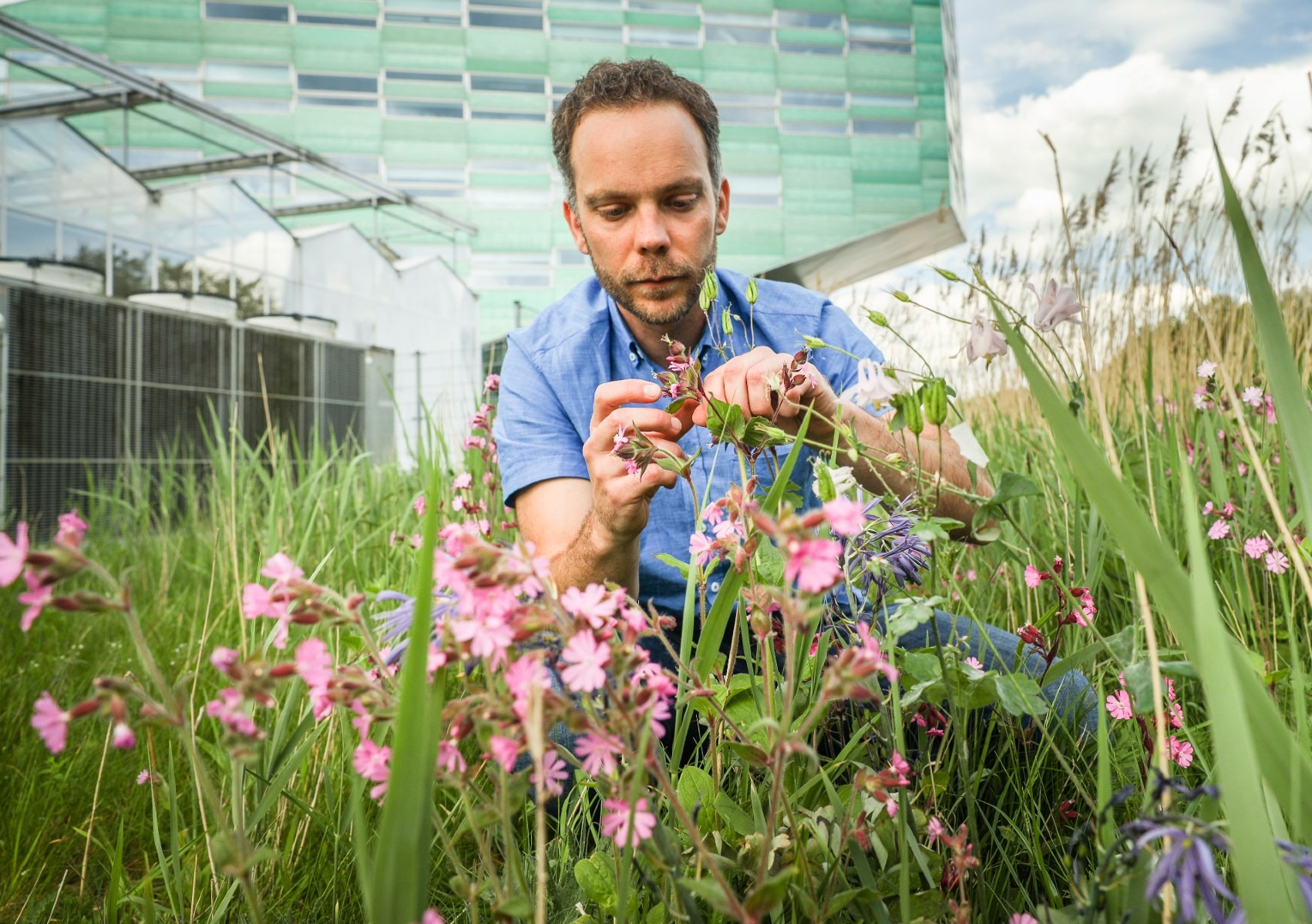
Trojan horse
Van der Kooi enjoys using his knowledge as a biologist to advise policymakers, but also to make his opinions heard in the media, especially when it comes to invasive exotic plant and animal species. Although the subject is not his specific area of expertise, he sees it as his duty to issue a warning. ‘The arrival of proliferating invasive species is a severely underestimated threat to our environment. They are a Trojan horse. This might lead to nightmare scenarios if we do not act resolutely straight away. Take common ragweed. Its pollen can provoke violent hay fever symptoms. Japanese knotweed makes houses unsaleable in England. Hogweed, primrose willow, tiger mosquitoes, red swamp crayfish: same story. They crowd out native species, threaten biodiversity and are a general nuisance to people. Plus, fighting them is going to cost a lot of public money.’ He is annoyed sometimes by the laconic attitude of fellow biologists who say that nature will eventually adapt and find a new balance. ‘The rate at which species are being introduced all over the world is far too fast.’
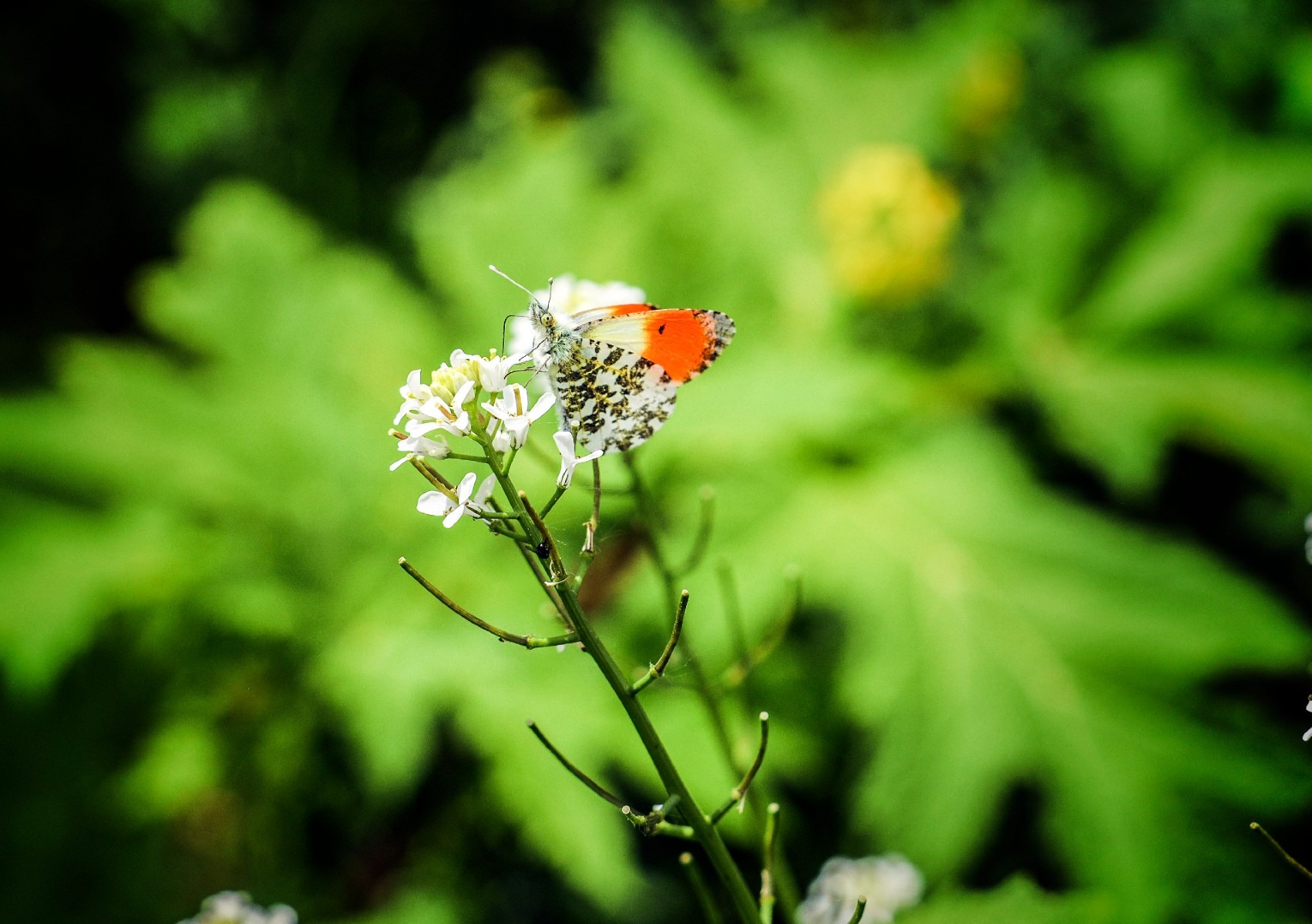
Festival of Wonder
Van der Kooi will share his fascination on Wednesday 22 May 2024 at the Festival of Wonder at the Groningen Stadsschouwburg theatre. He will be one of the speakers during an evening filled with music, theatre, art, and science. This event will take place in the context of the 410th anniversary of the University of Groningen. It is now as good as sold out.
More information
| Last modified: | 10 September 2024 09.55 a.m. |
More news
-
21 November 2024
Dutch Research Agenda funding for research to improve climate policy
Michele Cucuzzella and Ming Cao are partners in the research programme ‘Behavioural Insights for Climate Policy’
-
13 November 2024
Can we live on our planet without destroying it?
How much land, water, and other resources does our lifestyle require? And how can we adapt this lifestyle to stay within the limits of what the Earth can give?
-
13 November 2024
Emergentie-onderzoek in de kosmologie ontvangt NWA-ORC-subsidie
Emergentie in de kosmologie - Het doel van het onderzoek is oa te begrijpen hoe ruimte, tijd, zwaartekracht en het universum uit bijna niets lijken te ontstaan. Meer informatie hierover in het nieuwsbericht.
